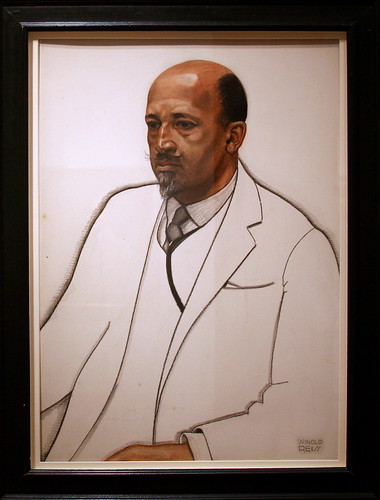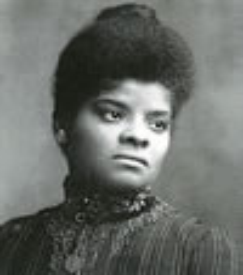Here’s the thing. The emerging field of computational journalism makes it more imperative than ever that we find ways to broaden the narrow pipeline for computing professionals. While our IJIMS project was designed to attract young people who see themselves more as storytellers than “math types,” at some point, culturally responsive methods for making math more accessible are critical to producing students who are capable of taking programming courses in college. Algebra is a critical bottleneck.
This interactive story is a first draft of the first episode of a serial interactive story about getting through 7th grade math class. It is based on an interactive story engine designed by my colleague Ursula Wolz. A lot of work has to be done with it yet. The graphics were chosen because they were copyright-safe, so please try to look past that.
If you have trouble getting it to load, you can try the direct link on the Scratch site. I found it loaded best when I ran it through the experimental viewer.
Hope you find it interesting. Your feedback is welcome.








